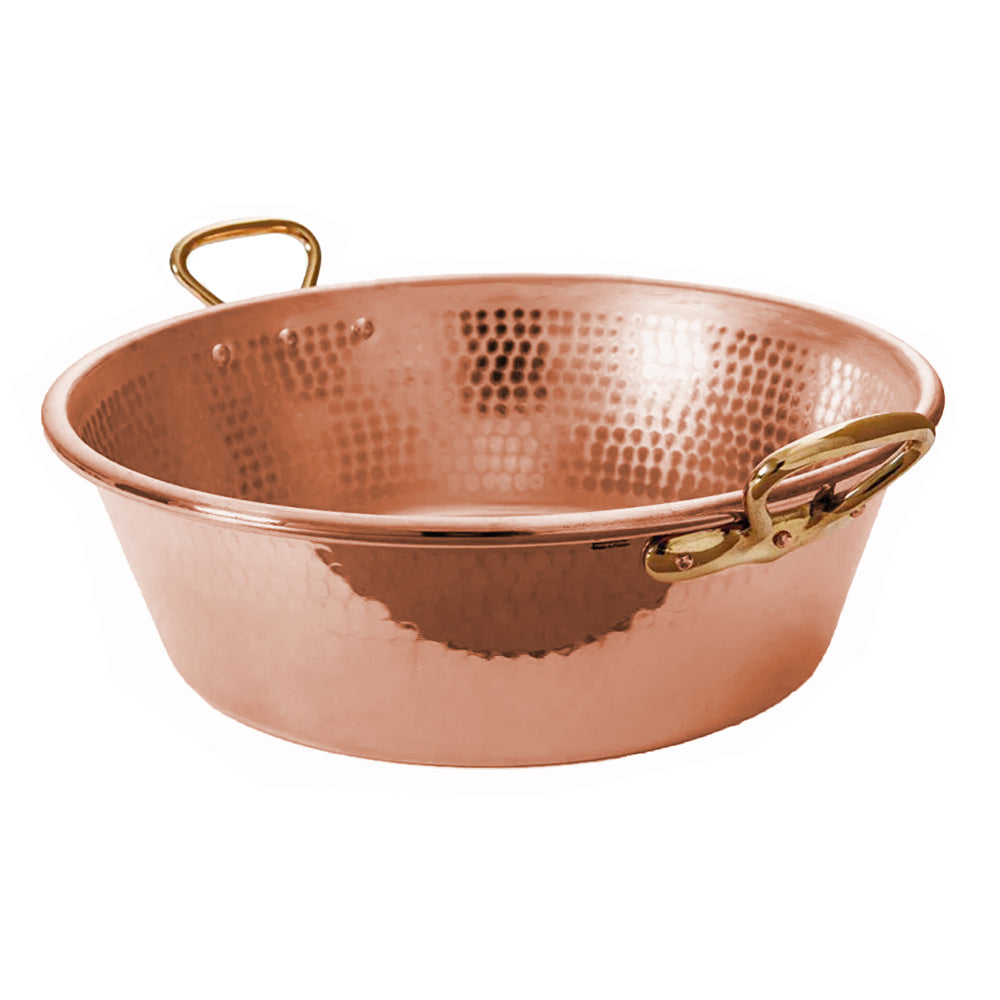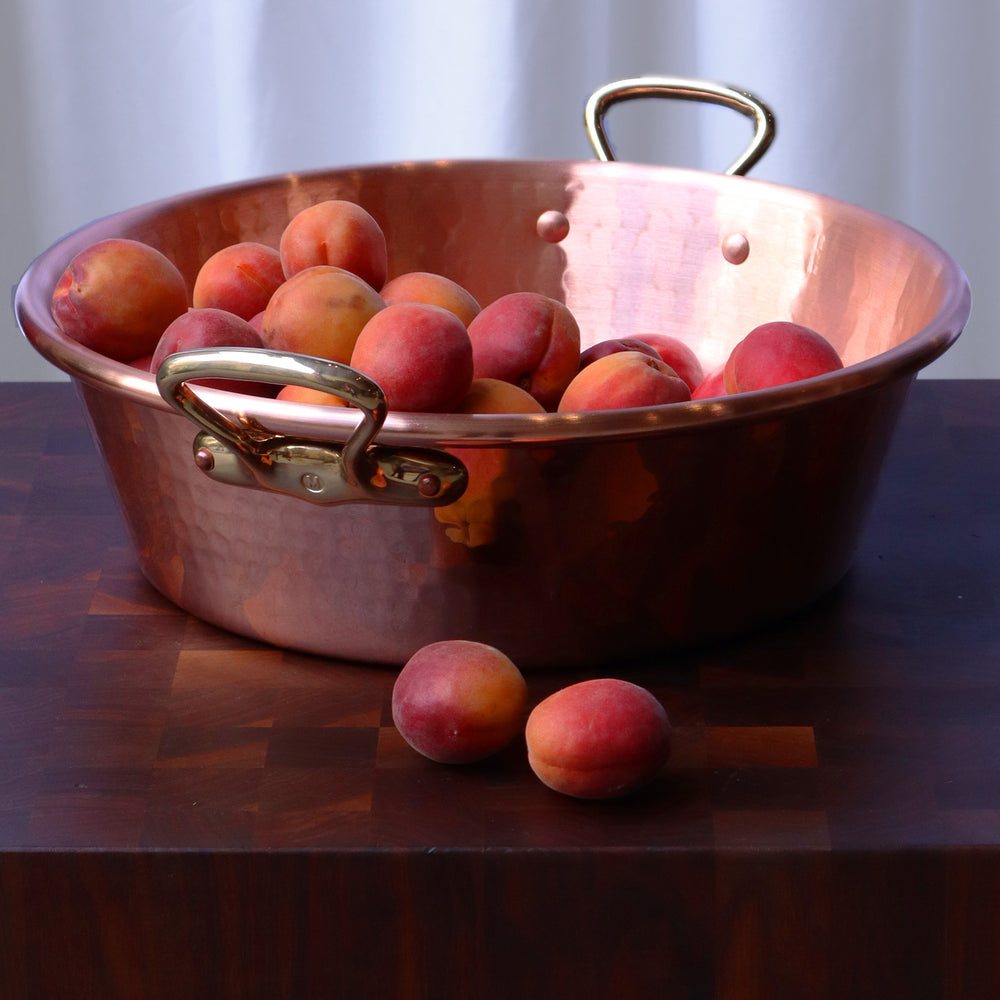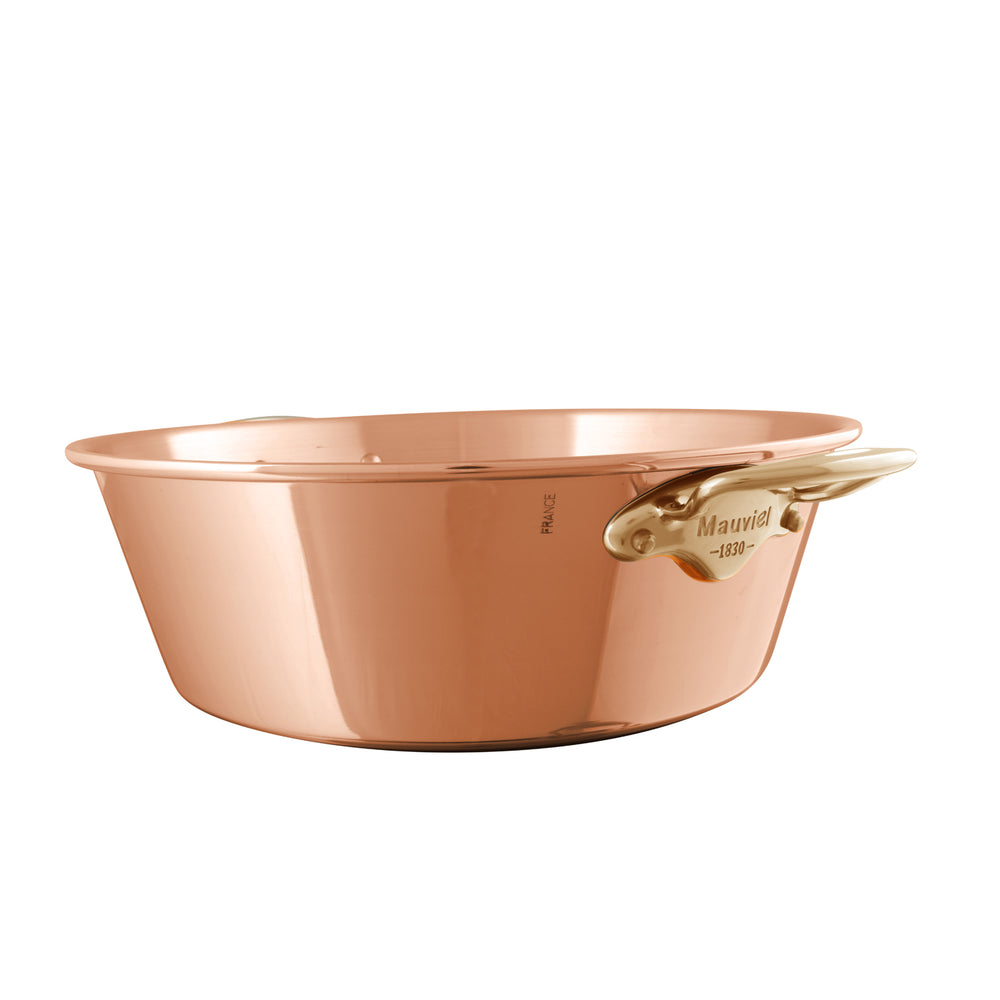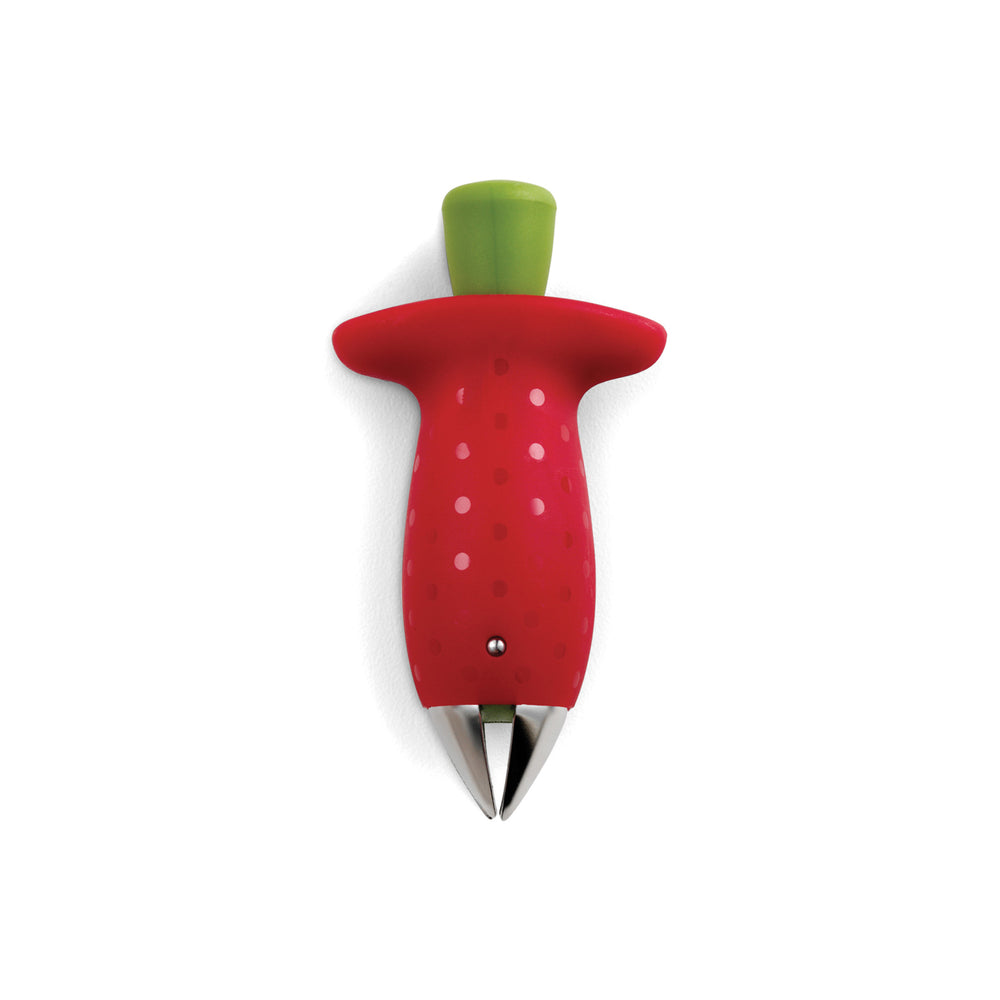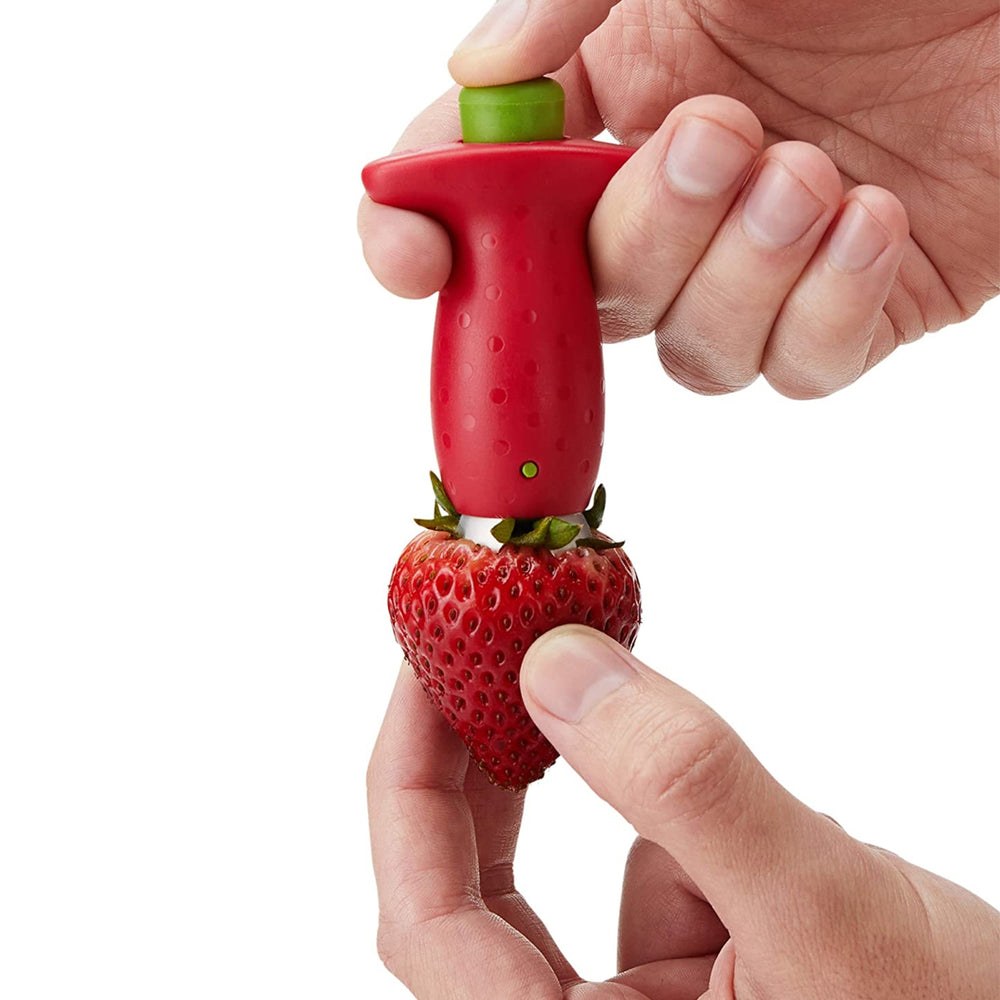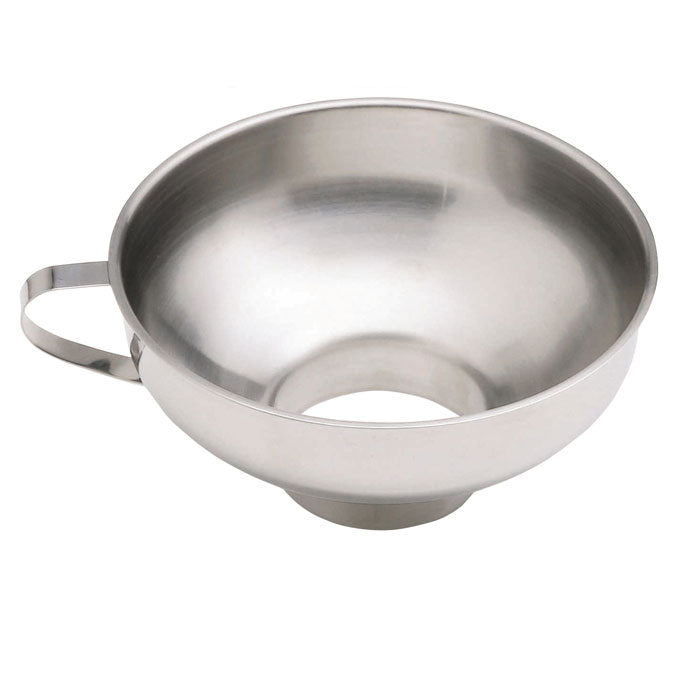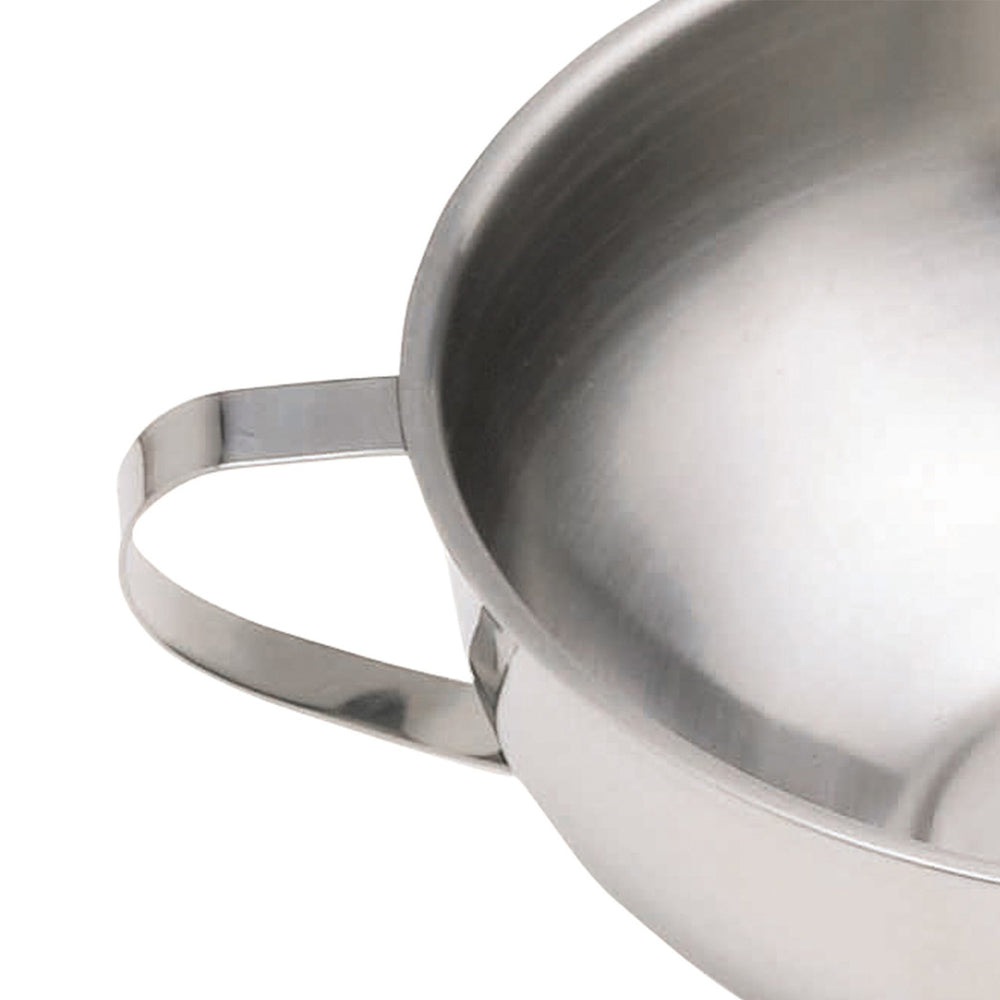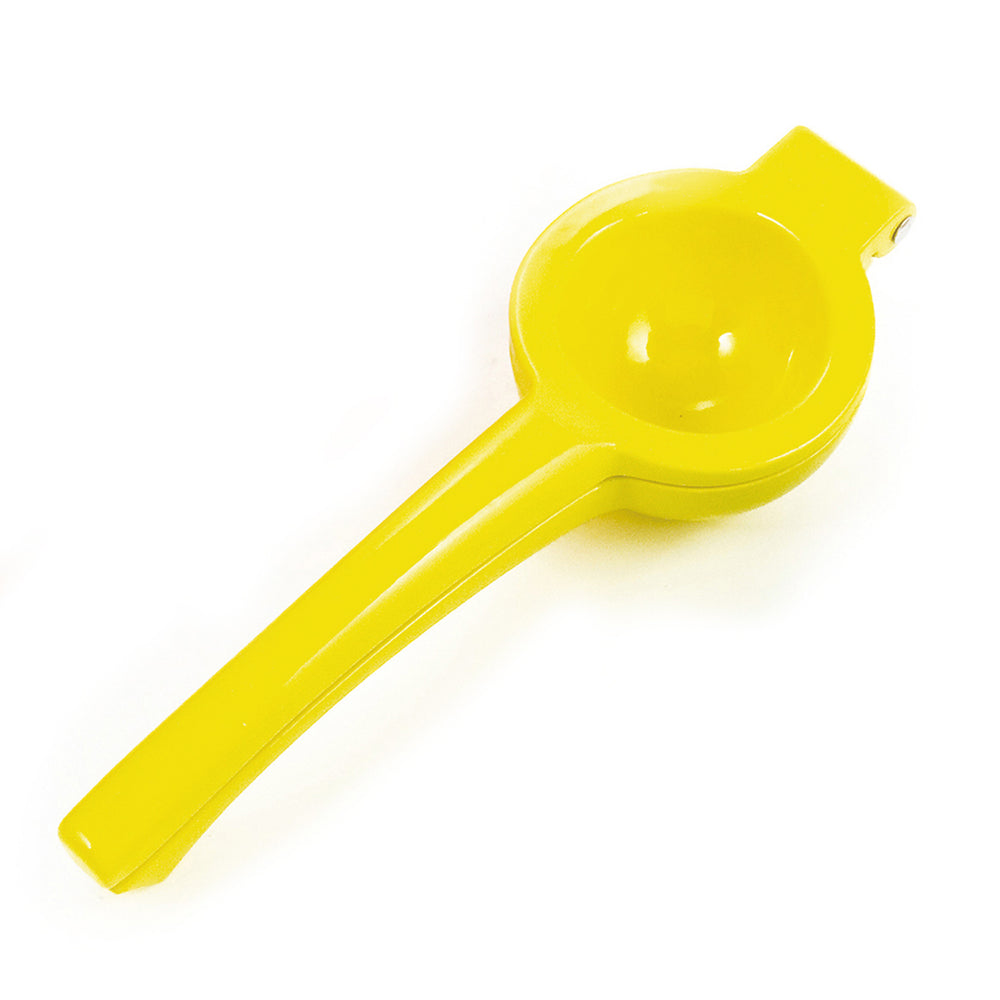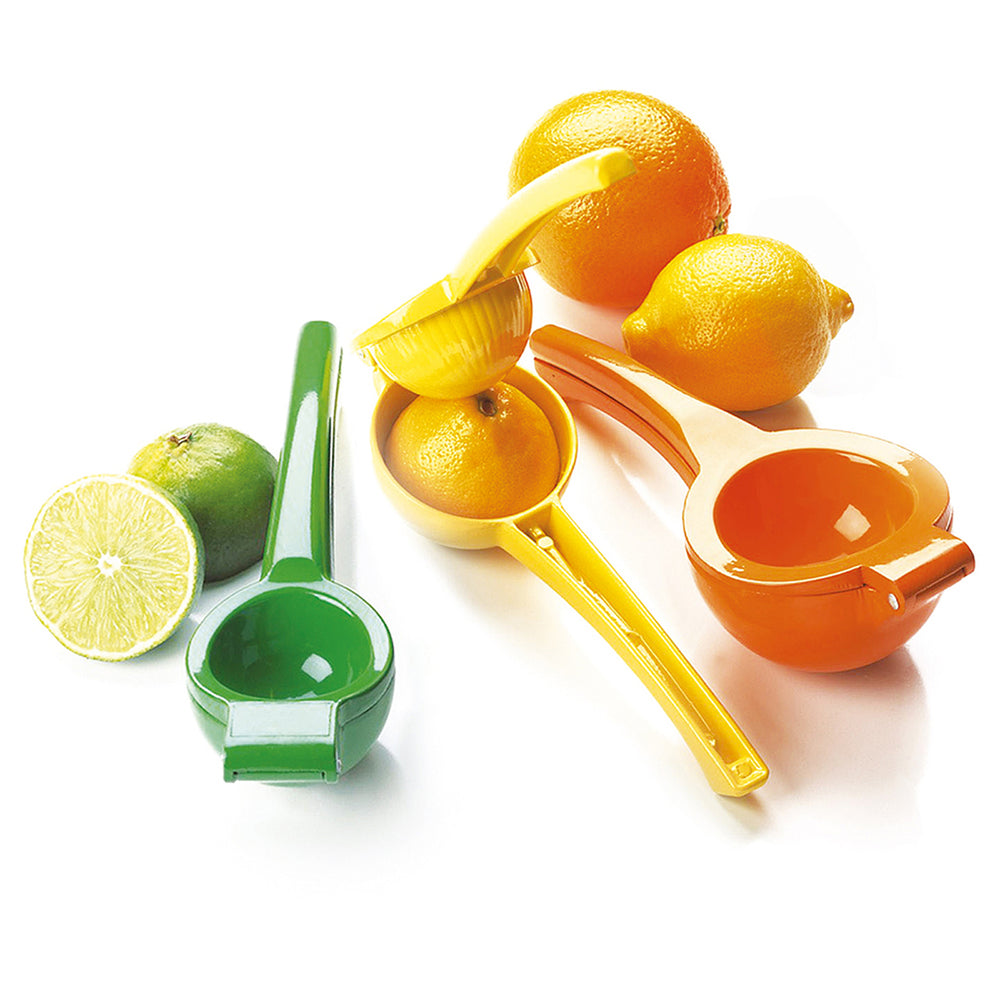Kumquat & Brandy Marmalade
As with all jam recipes, make sure to sterilise your jars before filling them. Since jars need to be warm when filled, Lillie recommends starting the process while your jam is cooking. See 'BK Tips' for her instructions.
See also: Lillie's Cherry & Black Pepper Jam for spring, Raspberry & Liquorice Jam for summer, and Fig & Earl Grey Jam for autumn.
Ingredients
1kg kumquats, plus a few leaves if you have any1.5 litres water
700g caster sugar
Juice of 1 lemon
100ml brandy
Method
- Wash the kumquats and cut into 2mm slices. Put them in a heavy-based saucepan with the water and any fresh kumquat leaves. Set over low heat and gently bring to a boil, reduce the heat, and simmer for 15 minutes, until the kumquats are tender.
- Slowly add the sugar and lemon juice and boil for 15 minutes or until the marmalade reaches setting point, 105°C on a sugar thermometer or Thermapen.
- Remove from the heat and leave to rest for 5 minutes, then stir in the brandy. Pour into warm sterilised jars and seal immediately. Store in a cool dark place. The marmalade will last for six months.
BK Tips
-
Here is Lillie's method for sterilising jars: Pre-heat the oven to 110°C fan, and set a saucepan of water to boil. Wash the jars in warm, soapy water and rinse thoroughly, but do not dry. Set the glass jars (without the clips, rubber seals or lids) on a baking tray, open-side up, and put them in the oven for 30 minutes. Place the clips, rubber seals or lids in the saucepan of boiling water and let it boil for 5 minutes. Then turn off the heat and let it rest in the saucepan until ready to use. When the jars are done sterilising, turn the oven off and let the jars sit in the warm oven until ready to fill. It is best to do this while you cook the jam, as the jars, lids, and clips should be warm when you fill it.
- If you are using an unlined copper jam pan to make any jam, jelly, or preserve recipe, sugar should be added to the jam pan at the same time as the fruit. (For example, mixing cooked fruit and sugar together before transferring the mixture into a copper jam pan to finish cooking.) This prevents copper from reacting to the acidic components of fruit.

